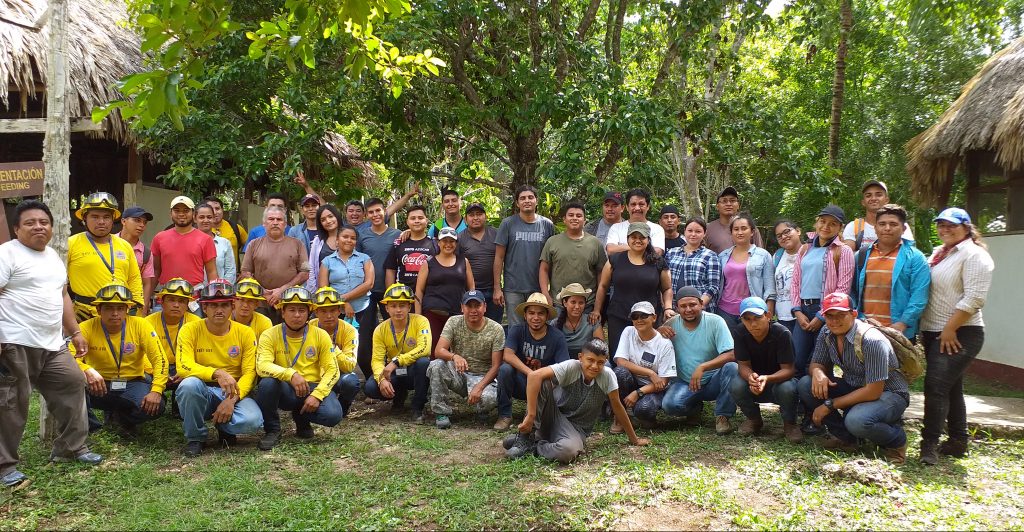
Restoring the Rhythm of Earth One Beat at a Time
Bio-Itzá Leads Coordinated Effort to Replant Trees After June Fires
“The health of the ecosystems on which we and other species depend is deteriorating more rapidly than ever. We are eroding the very foundations of economies, livelihoods, food security, health and quality of life worldwide.” – Robert Watson, the chair of the Intergovernmental Science-Policy Platform on Biodiversity and Ecosystem Services (IBPES)
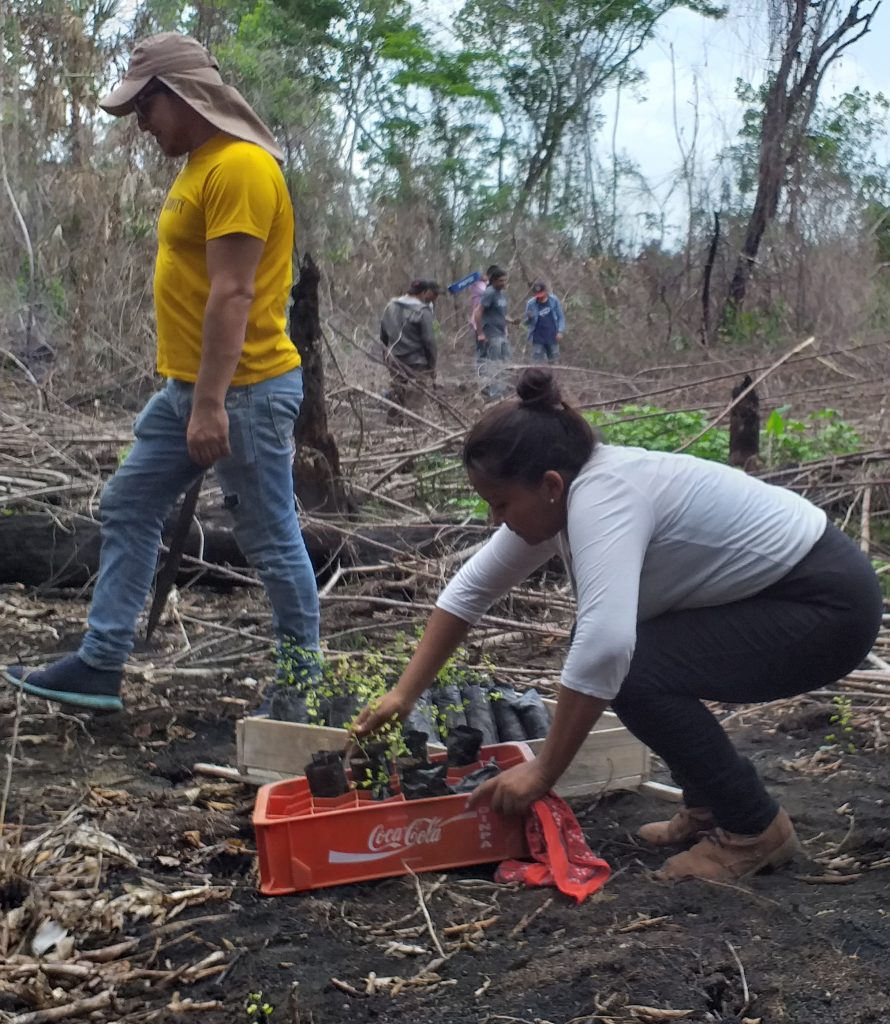
According to the UN’s Global Assessment Report released by the IBPES earlier this year, the earth’s natural rhythms that support animal and plant life are being impacted by human activity at rates never before experienced by the planet. Consider these facts:
- biomass of wild mammals has fallen by 82%
- natural ecosystems have lost about one half their area
- one million species are at risk of extinction
The human footprint is growing:
- Three-quarters of all land has been turned into farm fields, covered by concrete, swallowed up by dam reservoirs or otherwise significantly altered.
- Two-thirds of the marine environment has also been changed by fish farms, shipping routes, subsea mines and other projects.
- Three-quarters of rivers and lakes are used for crop or livestock cultivation.
In 2018, 3.6m hectares (ie, 8.9m acres) of tropical forest were lost. What will the outcome be in 2019?
From Phia’s window into this challenge and through its work with the Bio-Itzá Association in Guatemala, we have some data to share. We asked the Coordinator of the Bio-Itzá Reserve, Aderito Chayax Tesucun, some questions about the tree replanting effort completed after the severe fires in June.
1. What was the main cause of fire in the reserve this season?
In Petén, 98% of fires are caused by humans and 2% are due to natural factors such as lightning and high temperatures. The main cause of the fires within the Reserve were caused by people who entered the Reserve. We believe they were started for two reasons:
- For hunters who make fires and use fire to be able to get animals out of their burrows.
- For people who extract honey from bees from trees, use fire to protect themselves from bee stings. And, by not controlling them, the fire expands and causes forest fires.
There are also fires that occurred on the boundaries of the Reserve. These fires were due to clearing trees for agricultural use. People burn the land to prepare it for cultivation and generally the fire always crosses over the boundary line into the Reserve.
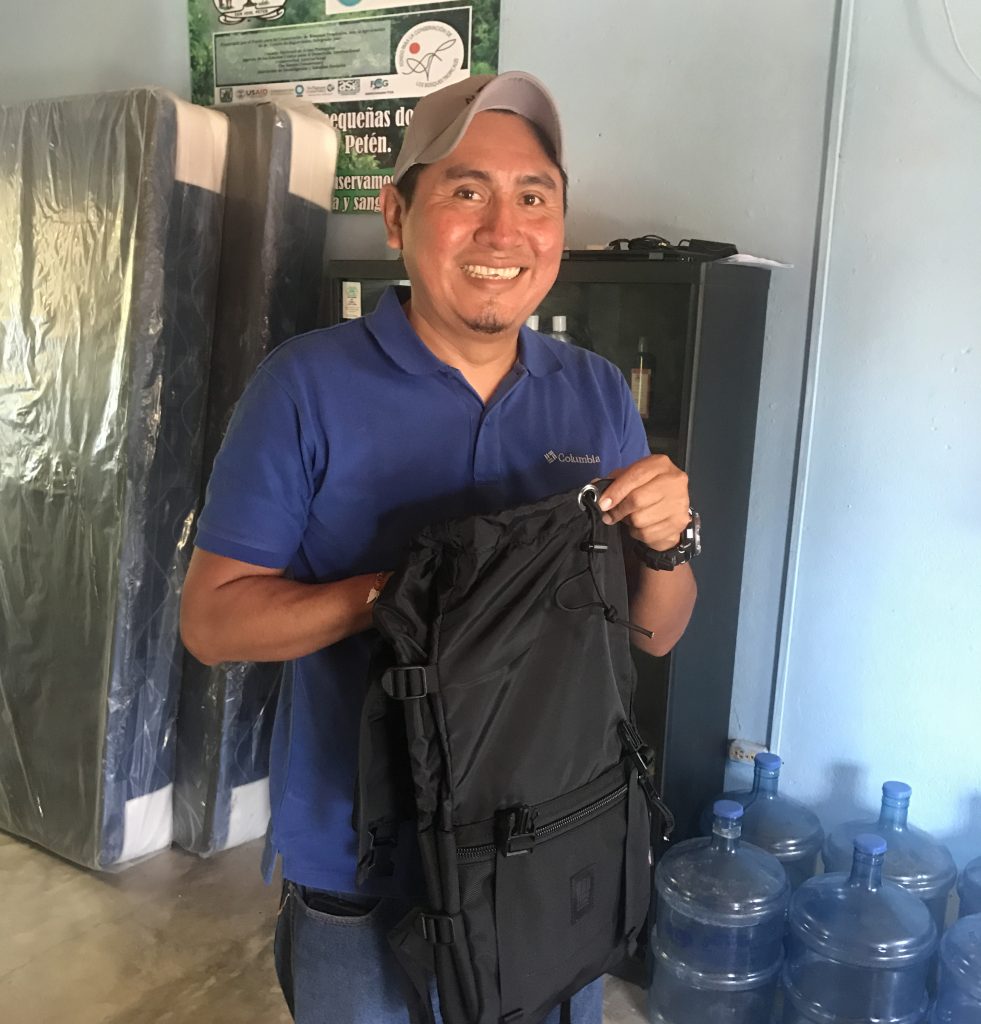
Aderito is the driving force behind the organization today and is the son of the organization’s founder Reginaldo Chayax.
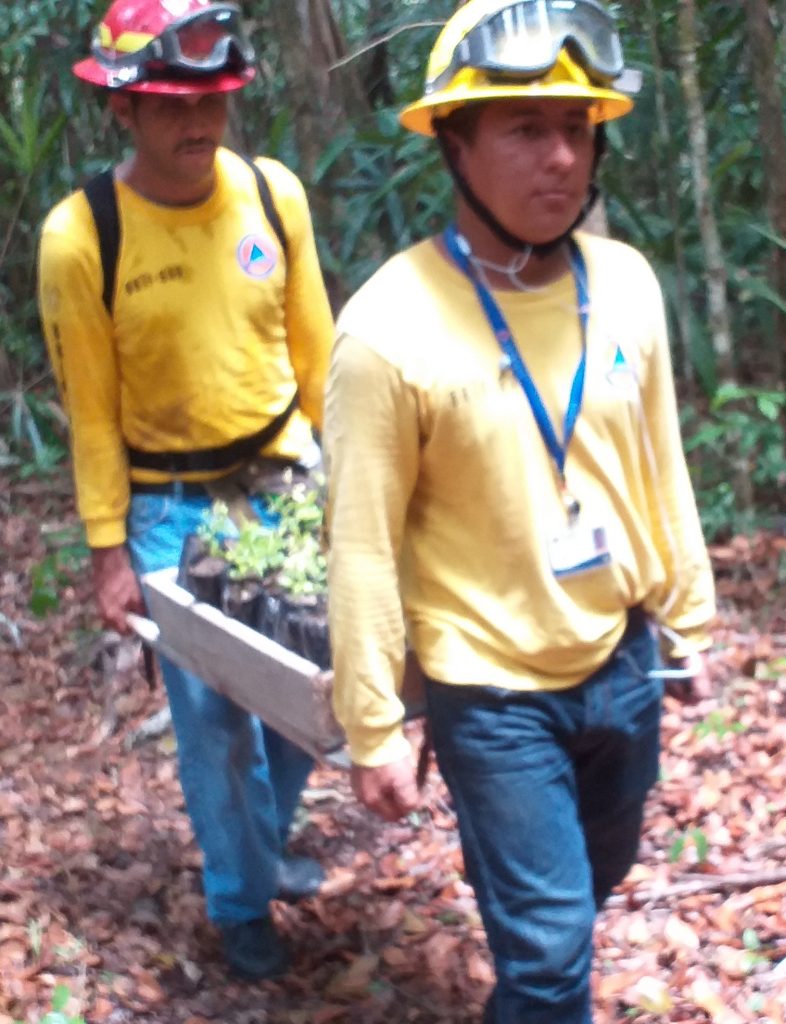
2. How many acres of forest were lost in fires? The area affected by the fires this year was approximately 900 hectares, equivalent to 2,224 acres.
3. How many trees were replanted?
A total of 1,100 trees were planted in the affected areas of the Reserve. There were four species planted:
- Mahogany (Swietenia macrophylla)
- Pukté (Terminalia buceras L. C. Wright)
- Jabin (Piscidia piscipula)
- Tinto (Heamatoxylum campechianum) on the banks of the water sources.
Seed dispersion was also carried out naturally, in areas where it was not possible to plant trees due to access.
4. How many people participated in replanting the trees? A total of 56 people participated in the activity of reforestation in the Reserve.
5. What organizations were involved and where did funding come from?
There were eight organizations involved in the effort:
- Tikal National Park – Donated 1,100 trees.
- Rescuing Petén Initiative – Organized 40 volunteers to plant the trees
- Ministry of Environment and Natural Resources (MARN) – Provided 1 vehicle for transfer of volunteers
- Authority for the Sustainable Management and Development of the Lake Petén Itzá Basin (AMPI) – Provided one truck for the transfer of personnel, food and tools
- National Coordination for Disaster Reduction (CONRED) — Delivered nine trained forest firefighters for the transfer of trees to the place of reforestation
- Congregation of the Church of Sioux Falls, USA – Donated funds for food, fuel and purified water.
- Bio-Itzá Association – Coordinated the effort and provided Rangers and staff to participate in the replanting effort.
- Phia Lab – Ongoing funds to support the Bio-Itza Rangers program, who were responsible for clearing the roads for the access of volunteers, creating gaps to facilitate reforestation by volunteers and support for volunteers during reforestation.
The team at Phia Lab is proud to be a remote contributor to this project and is inspired by the energy, commitment and determination of the Bio-Itza Association and our friends of the earth in this Guatemalan community. What an amazing job with scarce resources! There is no silver bullet solution when it comes to preserving the earth’s natural habitat. Success depends on small efforts like this that deliver local tangible benefits and encouragement for others around the globe to act.
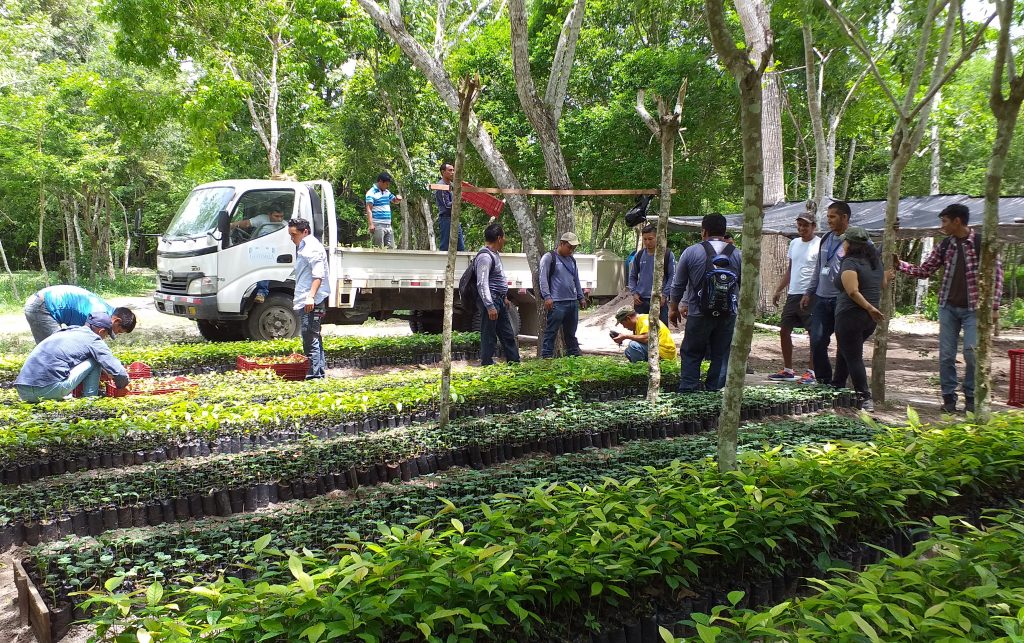
If you are interested in restoring the rhythm of earth where it is threatened most, small donations can go a long way to maintaining the beat of this Guatemalan forest. To make a tax deductible, non-profit donation to Phia’s Shield the Source Fund for the Bio-Itzá Association, click here: https://secure3.convio.net/resfou/site/Donation2?df_id=1502&mfc_pref=T&1502.donation=form1
For more information on the UN Global Assessment Report, look here: https://www.theguardian.com/environment/2019/may/06/human-society-under-urgent-threat-loss-earth-natural-life-un-report

